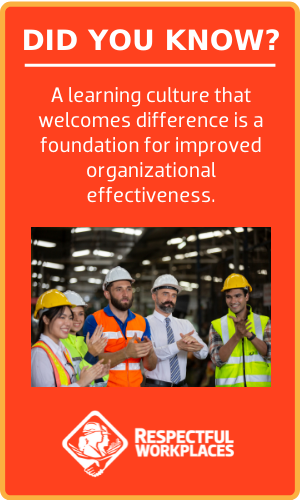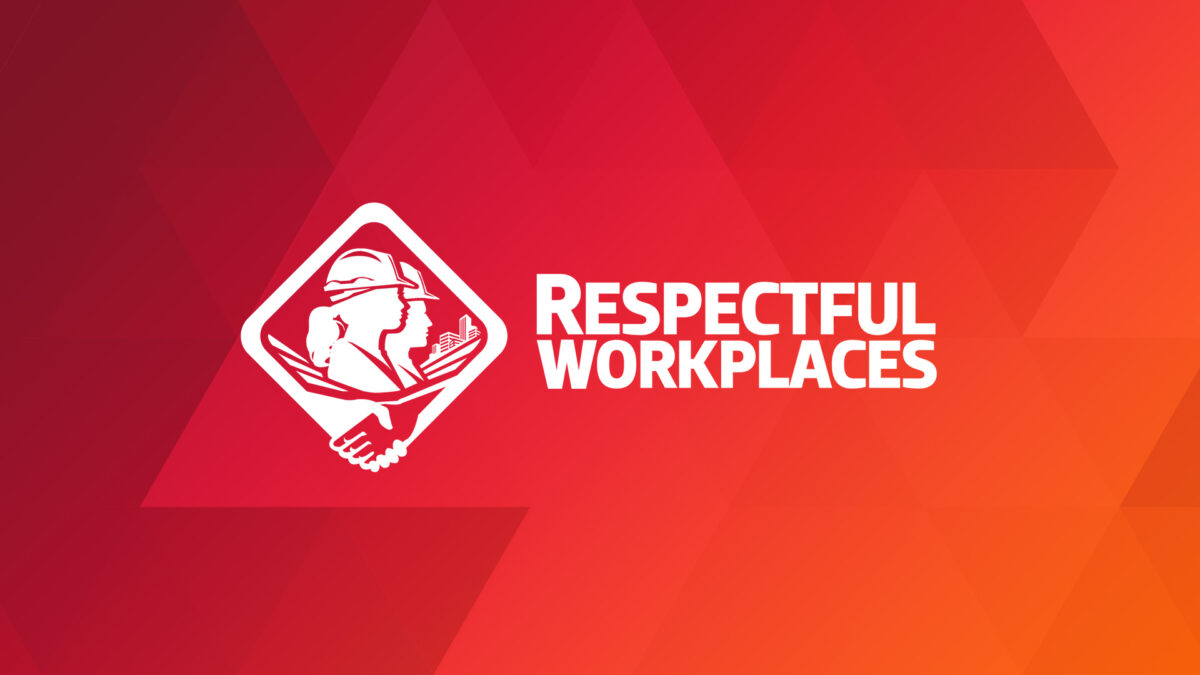Does your organization have a learning culture that welcomes difference as indispensable to its success?

According to the Deloitte Global 2021 Millennial and Gen Z Survey, addressing systemic racism remains a priority for Millennials and Gen Zs. They believe that business has a responsibility to address systemic racism and discrimination. The survey found that 26% of millennial and 23% of Gen Z workers believe business has significant potential to bring about change. However, only 18% of both groups believe that business is making the necessary efforts.
Harvard researchers Robin J. Ely and David A. Thomas believe that businesses have not succeeded in reducing systemic racism and other forms of systemic discrimination, such as sexism and ethnocentrism, because too many focus on a simplistic business case that emphasizes increasing the demographic diversity of their workforce.
Instead, they argue that organizations will be more successful in addressing systemic racism if they can create a learning culture that embraces difference, such as the experiences and perspectives of members of underrepresented groups.
In this environment, members of underrepresented groups will be encouraged to provide insights about how to rework processes to be more inclusive of difference, as well as their insights on core business activities. As a result, difference becomes indispensable to the effectiveness of the organization.
To do this, leaders must shift their organizations to a “learning and effectiveness” approach to diversity. Ely and Thomas offer four actions to help leaders make the shift:
Four actions to help leaders shift to a “learning and effectiveness” approach to diversity
1. Build trust
The first task for leaders is to build trust by creating psychological safety for all workers so that they can speak up with ideas, questions, concerns, or mistakes without fear of negative consequences. In this environment, people are more likely to take risks, try new ideas and be more engaged.
Building trust requires setting a tone of honest conversation and getting comfortable discussing uncomfortable topics. For example, in response to public acts of racism or discrimination, leaders can reach out to have discussions with workers who may be experiencing deep grief, anger, and despair. These conversations can foster learning in leaders and their organizations.
2. Actively work against systems of discrimination
Building workers’ trust can be an excellent starting point for the second action: taking concrete measures to combat forms of discrimination and exclusion that inhibit workers’ ability to thrive.
To that end, leaders must undergo the same shifts of heart, mind, and behaviour that they want to see in their organization. A first step for leaders is to inform themselves about how systemic racism and other forms of systemic discrimination, such as sexism and ethnocentrism, operate in the wider culture.
The next step is to investigate and understand how their organization’s culture may be reproducing these systems and undermining the potential of members from underrepresented groups.
The critical, final step is for leaders to use their personal experience to spur collective learning and systemic change. For example, by integrating insights from members of underrepresented groups, processes such as recruitment and retention will become more effective at ensuring that all talented individuals have opportunities for professional growth.
The researchers provide an example of an organization whose flawed approach to project assignment was contributing to high turnover rates of members of underrepresented groups. On investigation, leaders realized they had been favouring those with whom they had an affinity, other white men, and excluding white women and Black, Indigenous and People of Colour, despite the fact that these individuals were equally qualified.
3. Embrace a wide range of behavioural styles
The third action for leaders involves actively trying to understand how their workplace culture might implicitly (unconsciously) discourage unique behavioural styles that do not conform to stereotypes about leadership.
For example, the researchers point to situations in which managers may believe they’re giving helpful feedback when they tell a soft-spoken Asian man to speak more assertively, or when they encourage a no-nonsense woman to be “nicer.” The effect is that these workers must be ever-mindful of stereotyped expectations, making it difficult for them to contribute their talents and perspectives.
4. Make cultural differences a resource for learning
The fourth action is to encourage and draw lessons from open discussions about the experiences of members of underrepresented groups inside and outside the organization.
The researchers use the example of a study of more than 400 retail bank branches in the northeastern United States. They found that the more racially diverse the branch, the better its performance, but only for branches in which all workers, across all racial groups, experienced the work environment as conducive to learning.
The benefit from diversity stemmed mainly from a workplace culture that encouraged the process of learning that involves taking risks and being unafraid to say, “I don’t know” or “I need help.” In a learning environment, difference, including viewpoints from members of underrepresented groups, are welcomed. Difference becomes an opportunity for improvement and increased effectiveness.
—-
Studies show that Millennial and Gen Z workers are discouraged by the slow progress of businesses to reduce systemic racism. Researchers suggest that this slow progress is the result of misplaced expectations by businesses that a simplistic business case based on increasing demographic diversity will automatically reduce systemic racism.
Younger generations want to see leadership from the business community on reducing systemic racism. However, to reduce systemic racism, leaders must do the difficult work of creating a learning culture that treats differences as a source of knowledge. Effectiveness, in all processes, will be increased as talented individuals from all demographic groups are given equal opportunities to contribute to the success of the organization.
—
For organizations that want to understand systemic racism and how it may be affecting their organization, BuildForce has launched a new online course, Introduction to Understanding Systemic Racism: A Guide for Leaders and Managers. The course provides general awareness about systemic racism in the workplace and explains how unconscious bias at the individual and organizational level may impact racialized communities. The course also recommends tools for change.
The BuildForce Respectful Workplace Online Toolkit provides a suite of tools based on the proven practices of respectful and inclusive organizations:
- Online Self-Assessment Tool
- Policy Framework and Implementation Guide
- Working in a Respectful and Inclusive Workplace online course
- Introduction to Understanding Systemic Racism – A Guide for Leaders and Managers online course
—
For more info:
- Deloitte. Deloitte Global 2021 Millennial and Gen Z Survey. See: https://www2.deloitte.com/global/en/pages/about-deloitte/articles/millennialsurvey.html.
- Ely, Robin J., and David A. Thomas. “Getting Serious About Diversity: Enough Already with the Business Case.” Harvard Business Review. November-December 2020. See: https://hbr.org/2020/11/getting-serious-about-diversity-enough-already-with-the-business-case.
Read from the beginning. Click here to start at Part 1.
What can an effective Respectful and Inclusive Workplace Program deliver?
- Become an employer of choice – attract, retain, and advance top talent from all sources of labour
- Unlock collaboration and innovation – create high-performing teams through diversity of thought and experience
- Build your brand – your organization will gain a competitive edge as a leader and innovator
Get started today!
The BuildForce Canada Online Respectful and Inclusive Workplace Toolkit includes:
- the Respectful Workplace Online Self-Assessment Tool to assist organization leadership in assessing their current situation and identifying where they may need to make changes
- the Respectful Workplace Policy Framework and Implementation Guide to assist organizations in creating and implementing a policy that supports a respectful and inclusive workplace
- the Respectful Workplace Online Training Course to train workers on how to create and support a respectful and inclusive workplace
- the online course Introduction to Understanding Systemic Racism: A Guide for Leaders and Managers
All the resources you need to create and support a respectful and inclusive workplace!

Respectful and Inclusive Workplaces
